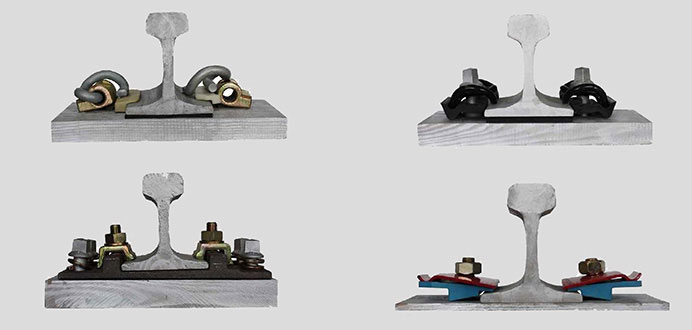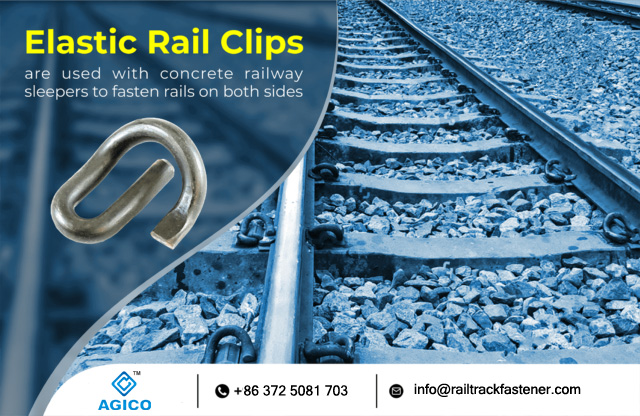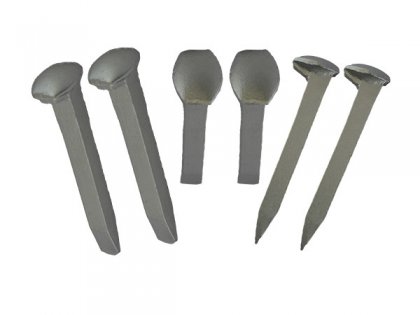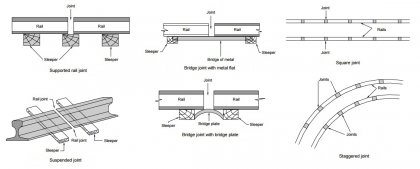History of Rail Fastening System

The earliest wooden rails were fixed to wooden sleepers by pegs through holes in the rail, or by nails. By the 18th century cast iron rails had come into use, and also had holes in the rail itself to allow them to be fixed to a support. 18th century developments such as the flanged rail and fish bellied rail also had holes in the rail itself; when stone block sleepers were used the nails were driven into a wooden block which had been inserted into a recess in the block. The first chair for a rail is thought to have been introduced in 1797 which attached to the rail on the vertical web via bolts.
By the 1820s the first shaped rolled rails had begun to be produced initially of a T shape which required a chair to hold them; the rails were held in position by iron wedges (which sometimes caused the rail to break when forced in) and later by wooden wedges, which became the standard. In the 1830s Robert L. Stevens invented the flanged 'tee' rail (actually a distorted I beam), which had a flat bottom and required no chair; a similar design was the contemporary bridge rail (of inverted U section with a bottom flange and laid on longitudinal sleepers); these rails were initially nailed directly to the sleeper.
In North American practice the flanged T rail became the standard, later being used with tie-plates. Elsewhere T rails were replaced by bull head rails of a rounded 'I' or 'figure-8' appearance which still required a supporting chair. Eventually the flanged T rail became commonplace on all the world's railways, though differences in the fixing system still exist.
Note: the above information is from Wikipedia
We receive enquiries in English, Español (Spanish), Русский язык (Russian), Français (French) and العربية (Arabic). Our professional team will reply to you within one business day. Please feel free to contact us!





